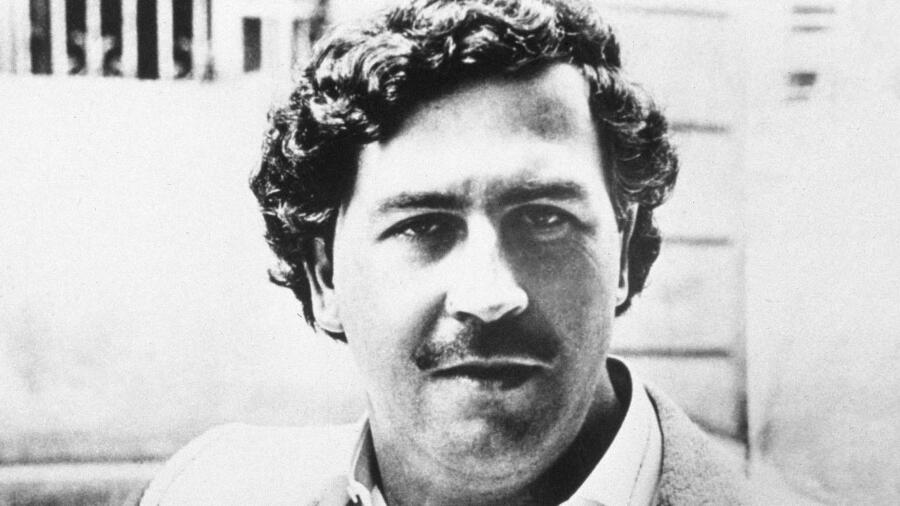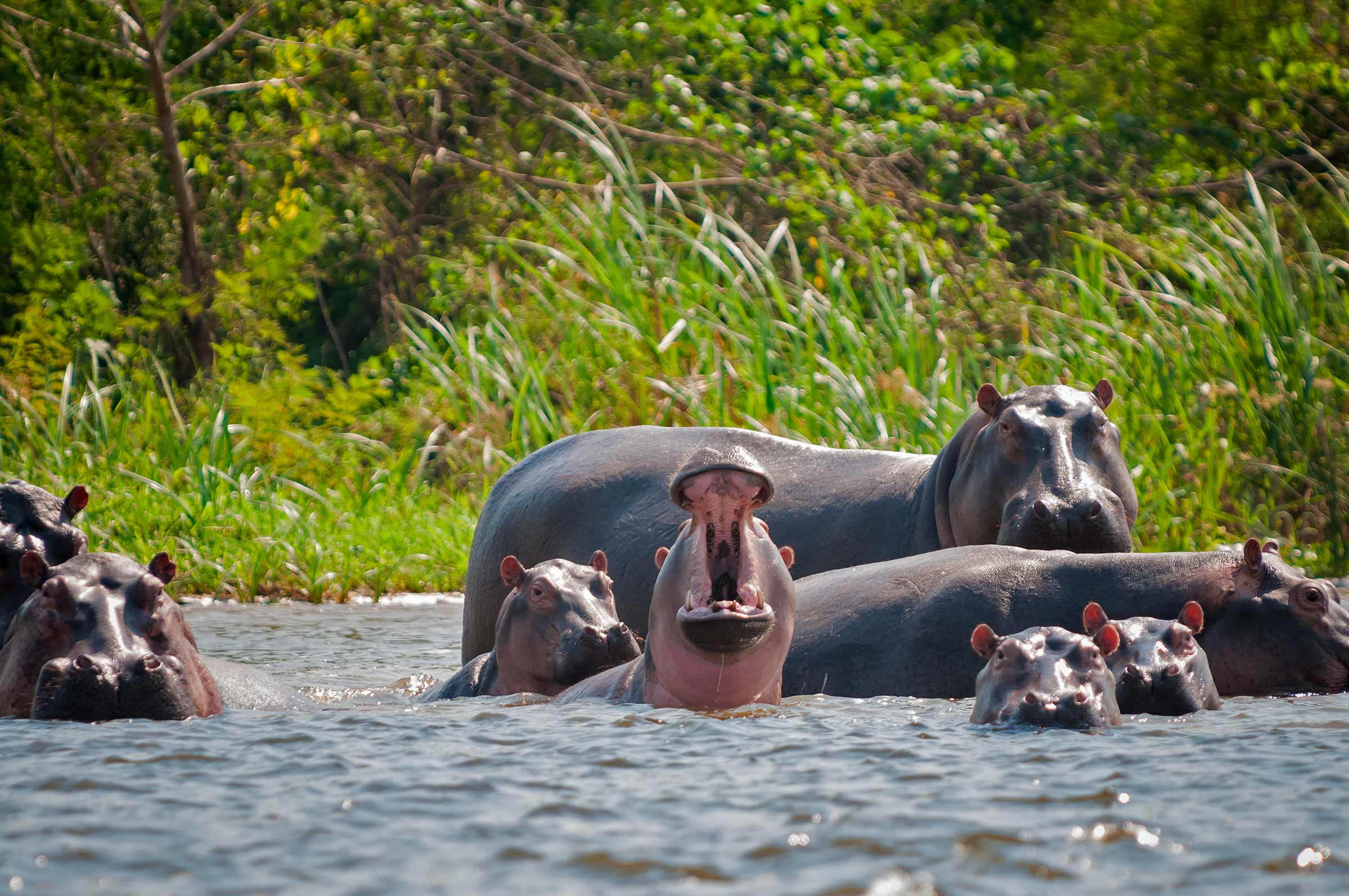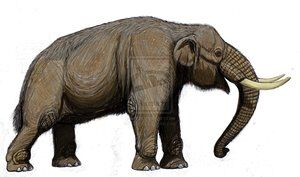I like to watch the Neflix series, Narcos, but I’m always disappointed in the ending of the story arcs. The series chronicles the real story of the Colombian drug cartel. The drug kingpins ingeniously avoid capture for most of the season until DEA agents eventually capture or kill them in the season finale. This disappoints me because I root for the cartel. These supposed bad guys are providing a product that people want, and that makes them heroes in my opinion. It’s the law enforcement agents who aim to ruin everyone’s fun. The first 2 seasons featured the infamous Pablo Escobar, a man elected to Colombia’s parliament but was not allowed to take his seat due to his massive illegal drug operation. (Decades of Civil War could have been avoided, if he had been allowed to serve in the legislature.) Pablo gave tens of millions of pesos to poor peasants–more than the Colombian government did. Unfortunately, during 1993, American DEA agents murdered him.
Pablo Escobar. Why do U.S. taxpayers pay the government to murder citizens in 3rd world countries?
Pablo Escobar loved animals and had his own private zoo. Following his death, hippos from his zoo escaped into the wild and they are flourishing. From a founding population of 4 the hippos in Colombia have increased to between 80-100, and biologists predict it could reach between 400-500 or possibly even 5,000 by the year 2050. Hippos begin bearing young at 3 years of age and can keep giving birth every 2-3 years until they die between the ages of 40-50. Adult hippos, even in Africa, have almost no natural predators other than man. (Lions, with difficulty, can kill juvenile hippos.)
Hippos in Colombia.
Some researchers fear hippos, as an invasive species not native to South America, may be detrimental to the Colombian environment. Concentrations of hippos can foul non-flowing water holes with excessive manure that turns them anoxic. The concentrated nitrogen leads to algal overgrowth, resulting in water with no dissolved oxygen in it–killing all the fish. However, other scientists think hippos may be filling an ecological niche formerly held by extinct Pleistocene megafauna and maybe in some ways beneficial to the environment. Hippos in Colombia inhabit floodplain lakes, cattle tanks, and streams. 75% of their range has been man-modified into farmland including cow pastures and palm oil plantations while the balance consists of the original tropical forest. In some areas, especially where the water flows, hippo manure fertilizes aquatic plants and increases fish and insect populations. This means more food for birds. Hippo wallowing and movement breaks up thick vegetation, and their aquatic trails connect ponds, allowing fish to migrate and colonize new areas. Their close cropping of streamside vegetation creates lawn-like habitats that attract some species of birds.
Hippos may be a modern day substitute for the Pleistocene haplomastodons that used to occur in this part of South America. Haplomastodons, a species of gompothere, were probably semi-aquatic. North American mastodons definitely were semi-aquatic–they ate aquatic plants and had fur similar to that of otters and beavers. Some notoungulates endemic to South America may have also been semi-aquatic, but not enough is known about them to determine this for sure.
Illustration of a haplomastodon. Fossils of this species have been found in Colombia.
Hippos are in Colombia to stay. Years ago, some government jerks with a stick up their ass decided to start eliminating the hippos, and they killed a male popular with the locals and tourists. The outrage among most Colombians put a stop to this. Animal rights groups sued, and there are now no plans to wipe them out.
References:
Subalusky, A; et al
“Potential Ecological and Socio-Economic Efforts of a Novel Megaherbivore Introduction: The Hippopotamus in Colombia.”
Oryx December 2019
Svenning, J., and Soren Faulby
“Pre-historic and Historic Baselines for Trophic Rewilding in the Neotropics”
Perspectives in Ecology and Conservation 15 (4) 2017
Tags: haplomastodon, hippos in colombia, Narcos, Pablo Escobar



April 2, 2020 at 3:37 pm |
Ok then..i shall ‘face south’..once per day..to see if we be gaining a hippo population. As to drug wars.. me n mine..use coffee, some wine, and strongly ‘hoppy’ ales. I grow a single pot plant..but do not use it myself..as it helps some friends..who have the same age related aches/pains..i do. They control their way..and I..in mine. Hitch up the jockys, put on the hiking shoes..and get out..indulge in a bit of pain. Good for the soul. ina